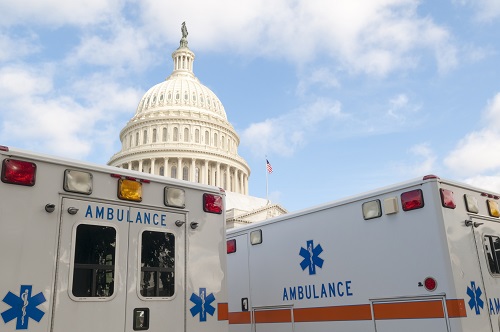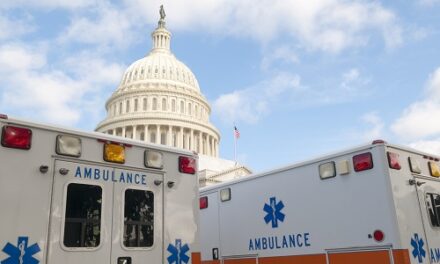. There are 37 million Americans living below the poverty line. That figure has increased by five million since President George W. Bush came to power.
· The United States has 269 billionaires, the highest number in the world.
· Almost a quarter of all black Americans live below the poverty line; 22 per cent of Hispanics fall below it. But for whites the figure is just 8.6 per cent.
· There are 46 million Americans without health insurance.
· There are 82,000 homeless people in Los Angeles alone.
· In 2004 the poorest community in America was Pine Ridge Indian reservation. Unemployment is over 80 per cent, 69 per cent of people live in poverty and male life expectancy is 57 years. In the Western hemisphere only Haiti has a lower number.
· The richest town in America is Rancho Santa Fe in California. Average incomes are more than $100,000 a year; the average house price is $1.7m.
John Edwards was the only Presidential candidate to directly discuss this. Approximately 46 million people are uninsured, while 20% of the country earns more than 1/2 of the income. Another 20% takes home just 3.4%.
However, polices that improve the standard of living or the poor are not perceived as important today.poverty is not a viable political issue in America. This, in fact, is a carry-over from the Reagan era, as the poor were considered to bring things upon themselves. The repeated/implied theme was every American is born with the equal chances to improve his or her life.
continued below
AP:
By the next decade, health care costs in this country will eat up 20% of a person’s income. In the year 2015, government spending will finance half of that, while consumers will pay for the rest.
Estimates for Medicare and Medicaid are expected to grow from $309 billion in 2004 to $792 billion in 2015, $293 billion to $670 billion respectively. Nursing home costs will almost double from$121.7 billion in 2005 to $216.8 billion in 2015. The cost of home health care will also increase from about $49 billion last year to $103.7 billion in 2015. Also an increased use of genric rx’s is thought to be responsible for a projected decrease in rx costs, and insurers administering Medicare D(isaster) are thought to be able to negotiate discounts. (That flies in the face of the legislation that prohibits the negotiation of rx prices.)
The growth in the economy is approximated to be 5.1%, the increase in health care costs is 7.2% within ten years, with health care costs increasing by 7.4%in 2005. As a result of these numbers:
“These changes could force payers and providers to re-examine fundamental questions regarding the delivery and financing of health care services.”
Indeed, that can be said of all social programs, as they were designed to give a person a chance at improving his or her life. Social programs were not allowed to work to the fullest of their potential, that is, some of those who did benefit by them are now decrying the cost of them as a burden.
Had the funding for social programs continued, the economy would be in far better shape, as more would have had a chance at a college/graduate education. If that were the case, more brainpower in this country would be utilized to the fullest, and be willing to work together in a spirit of cooperation to rebuild this county.
To be poor is more than a stigma, as the poor are blamed for being poor. Instead, people are denied chances and now work 2 and 3 jobs just to make ends meet, they cannot be considered lazy or selfish. For many, one unlucky break or unanticipated expense drive a person into the class of those referred to as “the homeless.” This illustrates the failures of the budget cuts and denial of services by those in the system, not the poor themselves.
However, the current administration has done nothing to remedy that. Instead, they are indifferent to the problems that are faced by one who is not well off, while, at the same time, attempting to sound sympathetic.
In addition to social programs, the current health care situation illustrates the major difference between the “haves” and the “have nots”. As opposed to remedying a health care sytem that does not work, those in DC instead choose to tinker with it, so the gulf between the two is wider.
The strong anti-government rhetoric of the Bush administration with the emphasis on privatization illustates that. But, the problem of poverty in this country will not go away. And, the mess that has been made of a health care “safety net” (Medicare and Medicaid) that did work, has been turned over to special interests. There is no longer a safety net for the poor and those who struggle daily.
A single-payer health care system would provide one, but the issue has not been adequately addressed. Instead, the emphasis is on the profits and losses of the rx industries and the insurance companies. That is, a private enterprise is now functioning as a quasi-government agency. And, it is failing to fulfill the role by providing a “safety net.” Instead, the emphasis is on costs and benefits, profits and losses.
As opposed to this current school of thought, it is now time to alter the emphasis from that of a best for business perspective to a country that refuses to squander it’s most valuable resources–human resources.




